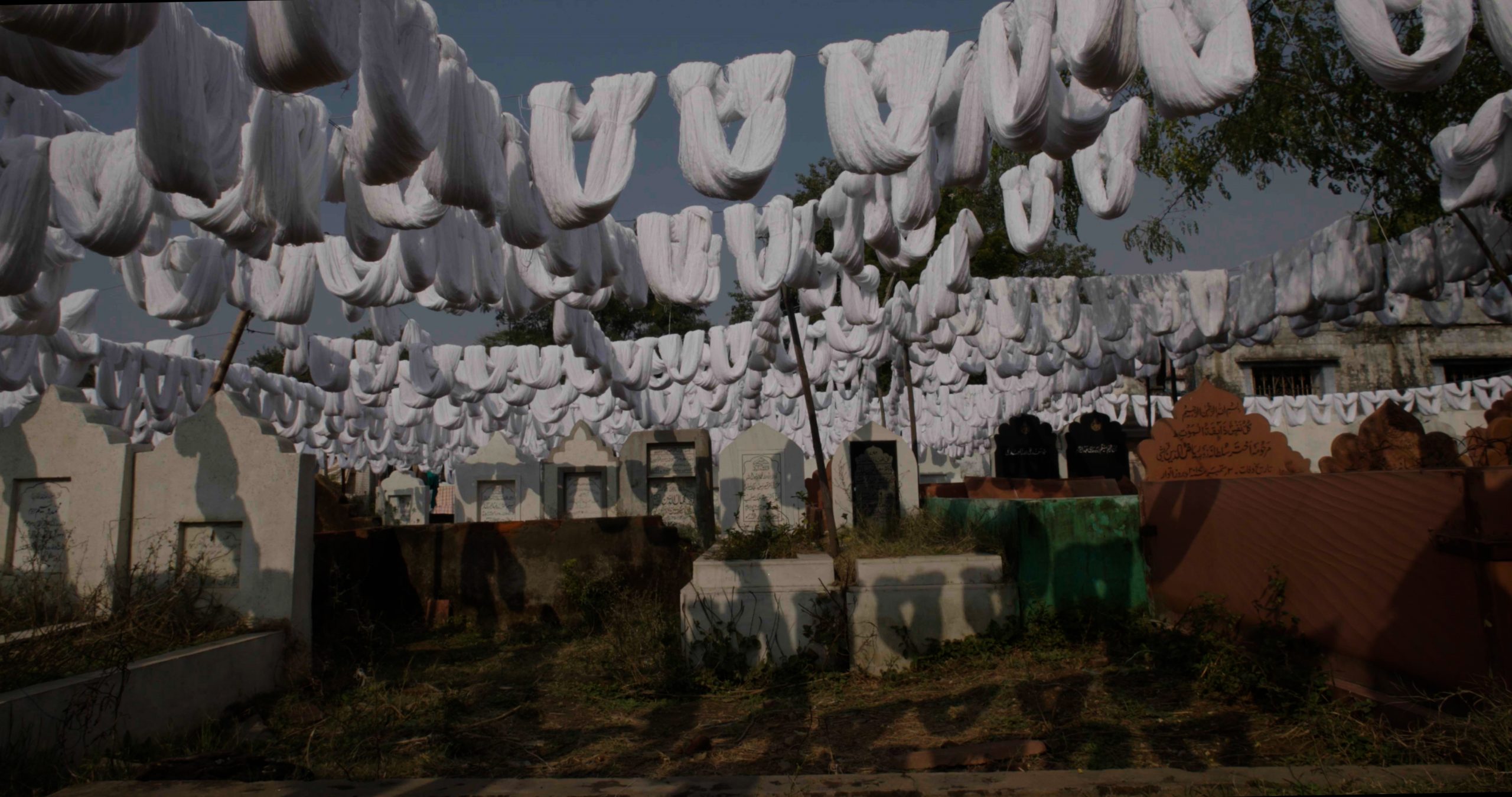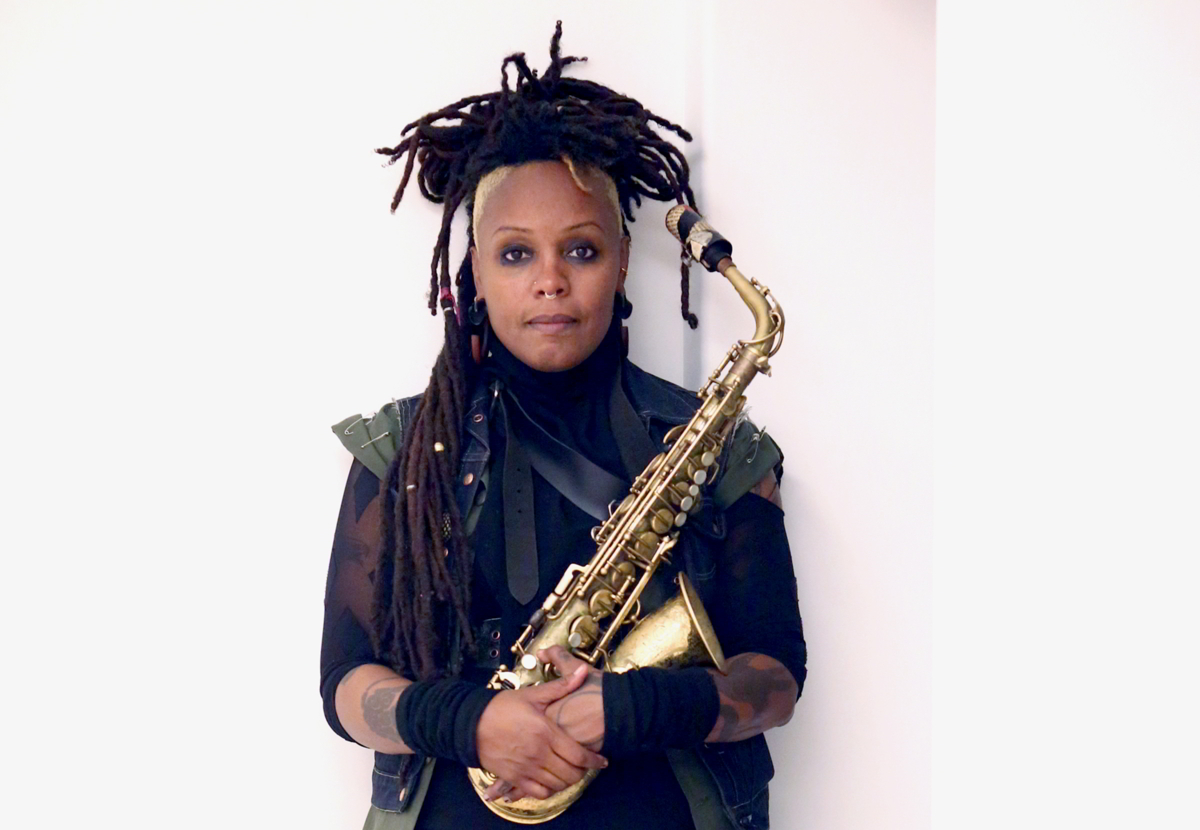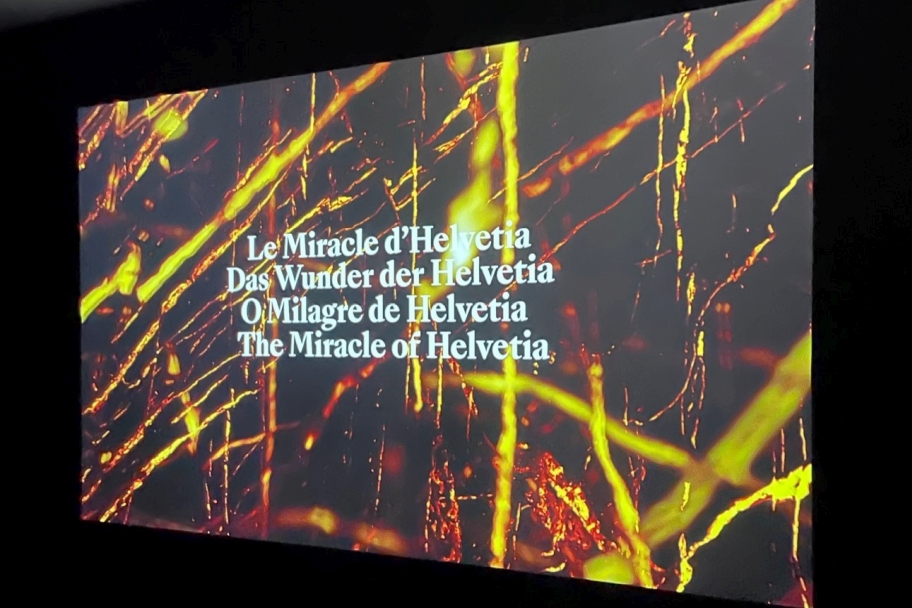India, Visual Arts, 2021
Pallavi
Paul
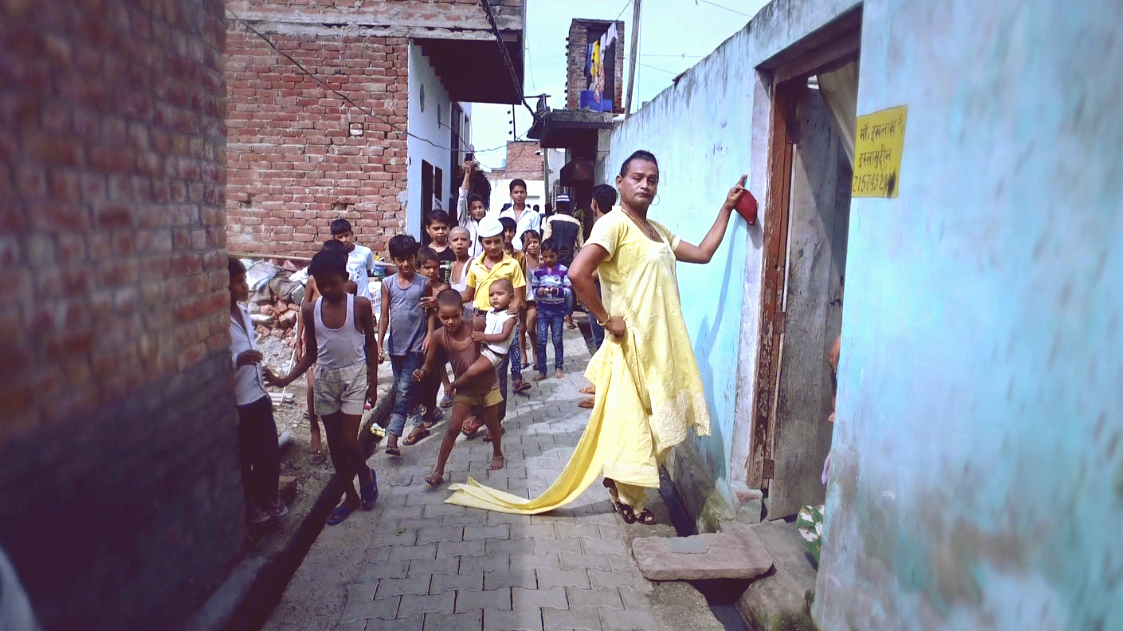
A spectral tiger lurks in the landscape. Encountered only in swift glimpses—as slivers and never whole—its elusiveness is now enchantment. In exaggeration and rumor, it has earned a fierce, religious respect. This is also India today, where a neo-fascist, far-right leadership with polarizing, divisive politics has earned majoritarian favor. Raised in New Delhi, India’s capital, artist and researcher Pallavi Paul (b. 1987) sets The Blind Rabbit (2020) against this complex allegory. She reconstitutes systemic police violence in seemingly isolated incidents occurring across decades in India. Here, the missing—murdered or suppressed narratives—are conjured as hauntings, flashes of erratic memory, a nightmare recollected in parts. Paul edits fragments of texts, images, and sounds—extant documentation, rescued video and audio recordings, police and witness accounts—to texture a dense, associative essay of possible truths and omissions.
Spanning film, installation, text, photography, and performance, Paul’s multidisciplinary practice feeds into and draws from her academic work, writing, and research. She holds a doctorate in cinema studies from Jawaharlal Nehru University and a postgraduate degree in media from Jamia Millia Islamia—two universities that are consistently attacked by the right wing for harboring critical thinking and progressive politics, and for incubating ideas of equality and emancipation. These experiences continue to percolate through Paul’s work, where truth is strategy and provocation, and reconstitution is method. “This in no way means that (truth’s) potency is diminished: rather its grip on public life seems to be getting tighter, as its veracity is being increasingly questioned.”
The Dreams of Cynthia (2017) employs poetry as atmosphere. The protagonist, Cynthia, is a landscape, an experience, and a measure of time. She navigates an ecology of images and sounds at varying speeds and intensities. Intermittently, we are led into intimacy—one that’s too close for comfort and too distant for measure. We’re witnesses to the lives of an executioner and a trans artist intersecting in a small Northern Indian town. Their stories slowly unravel a complex, marginalized history of labor, violence, and death. Paul invites us into a world “where nothing is to be found out, but much is to be discovered.”
Paul’s trilogy is based on revolutionary, vagabond poet Vidrohi’s (rebel) work. She deploys his thoughts as provocation and possibility, as a “laboratory to test the tensile strength of resistance as a material of life.” In Nayi Kheti/New Harvest (2013), three impossible conversations weave a dense overlay of metaphysical, scientific, and aesthetic ideas. One is about cinema itself, caught in the question of light and darkness, seeking its own identity. Shabdkosh/Dictionary (2013) is located in the silences between poems, where several “last records” are conjured to produce “deceased time.” Against images of hunters and the hunted, Salvador Allende’s haunting last speech hurtles through the atmosphere, colliding somewhere with Vidrohi’s obsession with being recorded. Long Hair, Short Ideas (2014)is based on Shanti (Vidrohi’s wife). In the wake of the Emergency and the curbing of civil liberties and press freedom, we encounter the traditionally absent figure of the “revolutionary’s wife” through her experiences of intimacy and domesticity, labor and sexuality.
Acts, incitements, etcetera (2019) is a sound installation that unpacks structures of truth, secrecy, and espionage. Recollections of former code breakers, typists, radio mechanics, and teleprinter operators from Bletchley Park during World War II are played in listening boxes. The wartime signatories of the Official Secrets Act, now freed from legal obligations to safeguard information, try to narrativize their experiences. The “secrets” trapped in these aging bodies are failed by memory and mental health, and contaminated by personal experiences. The alchemic charge of memory and the “deceased secret” thus opens a portal to a new time.
Paul’s practice tests the contours of fantasy, resistance, and history. She extricates the political from the language of mourning or nostalgia in order to arrive at the very heart of resistance.
Text: Mario D’Souza
Past
-
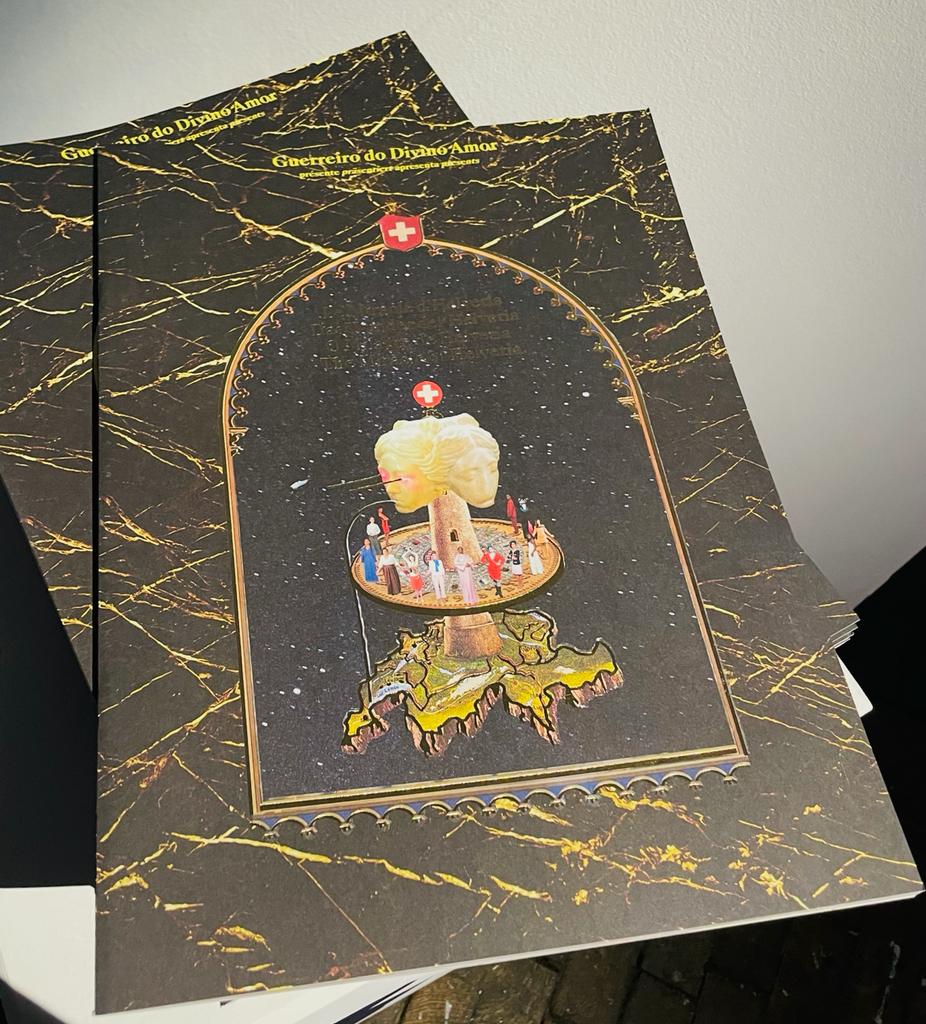
Guerreiro Do Divino Amor: THE MIRACLE OF HELVETIA
Pallavi Paul2022

The Miracle of Helvetia is published on the occasion of Guerreiro do Divino Amor’s new video work with the same title as the sixth chapter of the “Superfictional World Atlas”, in which Guerreiro do Divino Amor (Fellow 2021) explores Switzerland as a superfictional ideal of beauty, richness, and perfection. With the allegorical figure of Helvetia at its center – a nineteenth-century construct representing the Swiss – this chapter develops a pantheon of various goddesses that personify motherland contemporary myths and sacred values associated with Switzerland. It investigates the religious, historical, political, diplomatic, symbolic, mediatic, and juridical forces at play in the construction of the Helvetian Olympus.
The exhibition Superfictional Sanctuaries is the artist’s first solo show in Switzerland and was realized by the Centre d’Art Contemporain Genève with the support of the Embassy of Foreign Artists.The publication was supported by the DAAD Artists-in-Berlin Programm with funds from the German Federal Foreign Office.
With a preface text by Pallavi Paul (Fellow 2021), in four languages (English, German, French, Portuguese.
Available free of charge at the daadgalerie.


